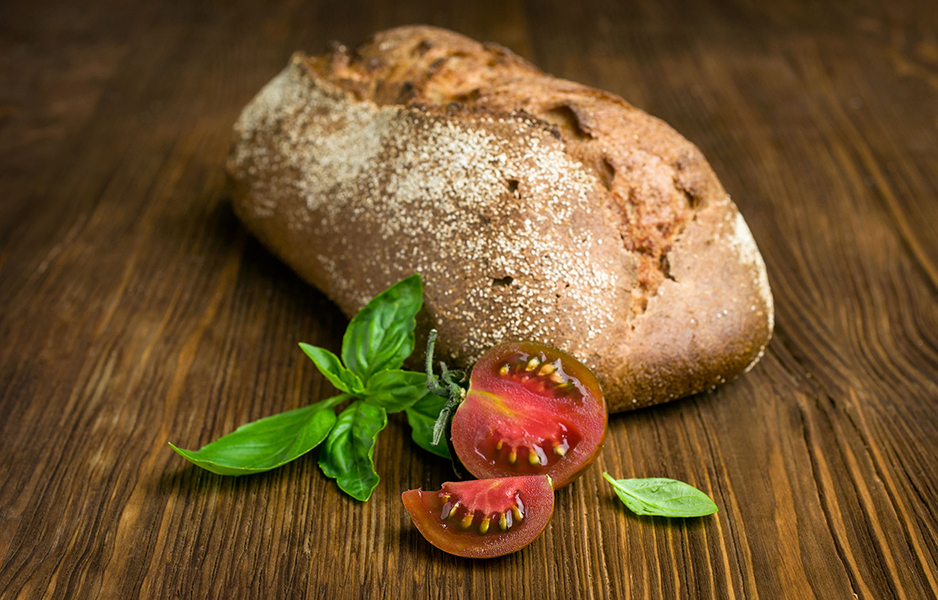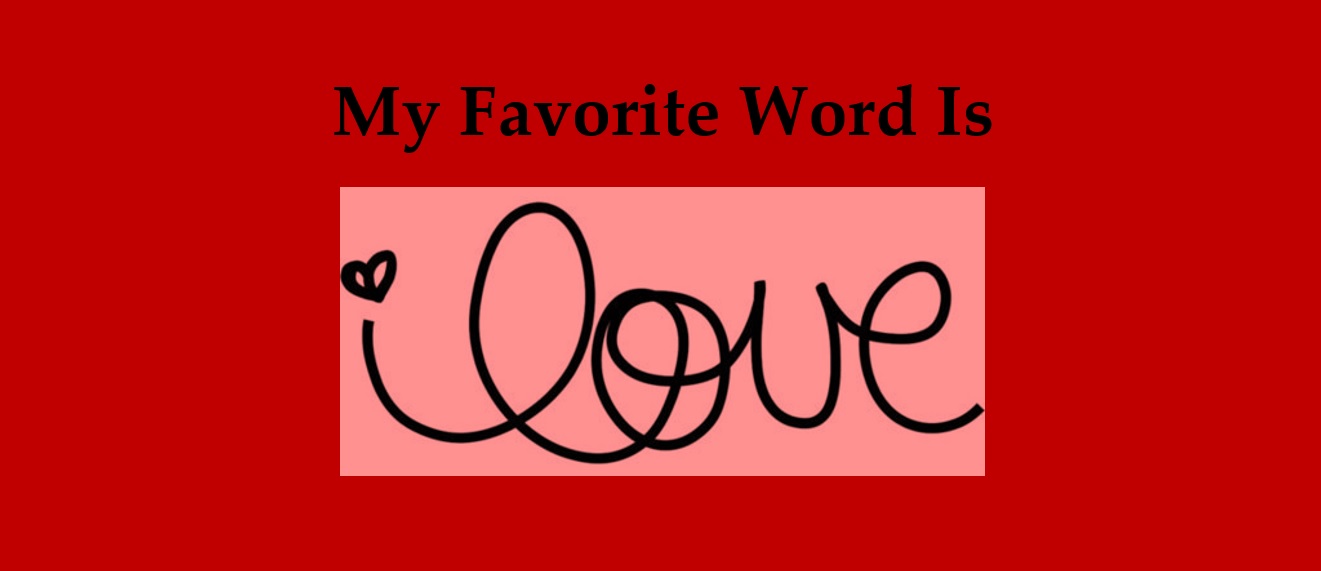Download: BE IN LOVE WITH YOUR LIFE. EVERY DETAIL OF IT.
Genre(s) taught: Non-Fiction
Grade(s) taught: 4th grade
Common Core State Standards:
(Refer to the Anchor Standards for Writing at www.corestandards.org/ELA-Literacy/CCRA/W)
- CCSS.ELA-LITERACY.RI.4.1
Refer to details and examples in a text when explaining what the text says explicitly and when drawing inferences from the text. - CCSS.ELA-LITERACY.RI.4.2
Determine the main idea of a text and explain how it is supported by key details; summarize the text. - CCSS.ELA-LITERACY.RI.4.3
Explain events, procedures, ideas, or concepts in a historical, scientific, or technical text, including what happened and why, based on specific information in the text.
Guiding Questions:
What are details? Why are they important? How do they add to or develop a story and/or character? How do they add to or develop your story?

“Tomate-Scheibe” by Reinhard Kirchner *
LESSON
Ritual (5 min):
Since this is an autobiographic lesson, I like to start students sharing immediately. I start by asking them simple questions about their day: How are you today? What have you been up to? Did something fun or important happen to you lately? These simple questions can be answered without intimidation, and begin the thinking process easily: and the simple, often undetailed answers will lead naturally to a lesson on details.
Introduction/warm-up activity (5-10 min):
I introduce students to Catherine Ferguson: this dynamic former slave was a powerful mother figure worked as a baker – her cakes were famous – but her main interested were children and religion. She started a Sunday school where she taught religion, and she took care of many children, black and white, who needed help.
Main activity (20-25 mins):
I post the biography of Ferguson on the Smart Board if there is one – and hand out copies to the class regardless. Students volunteer to read a paragraph while the class reads along.
As the students read, I ask the rest of the class to circle the important details in each paragraph. For each paragraph, I ask students why they felt the details they circled were important. What do they tell us about Ferguson?
When the last paragraph is read and the students have told me what the important details were, I ask what special treatment Catherine may or may not have received because of her charity work. Was she treated differently by whites? Why? I ask the students to cite the details in the text for evidence.
Finally, after we’ve read the entire biography, I ask the students: Why do you think these details were chosen? Did the biography include every detail of her life? Why or why not? Only the most important details were chosen to show Catherine Ferguson’s character and why she was adored by so many.
After we’re all done with the reading, it’s time for the students to write: they make a list of important details about themselves. I ask them to consider what is important about them, and what those things say about them. What message do they want to relay to people? Do the details they provide accomplish this? What else can they list about themselves that will give the impression that they want to give?
Closing (5 mins):
As students share a detail or two, they are encouraged to explain just why that detail is important. Students are asked to think about what they learned about their classmates after hearing what they shared. How does that shape or change how they view their classmates?
Materials:
Copies of Catherine Ferguson Biography (Page 45 & 46 of Life_Stories.pdf)
Vocabulary:
Details, charity, cholera, obituary
Multi-modal approaches:
This lesson appeals to many intelligences: including spatial, through visual art and pictures; intrapersonal, through the opportunity for self reflection; interpersonal, through class discussion; and linguistic, through the use of words and reading aloud.
* “Tomate-Scheibe” by Reinhard Kirchner – Own work. Licensed under Creative Commons Attribution-Share Alike 3.0 via Wikimedia Commons – http://commons.wikimedia.org/wiki/File:Tomate-Scheibe.JPG#mediaviewer/File:Tomate-Scheibe.JPG
Vanessa Mártir, author, activist, and Teachers & Writers teaching artist, uses the incredible life story of Catherine Ferguson—a former slave and a famous baker—to teach young writers about the power and importance of details in a great lesson on autobiography. Although initially aimed at 4th graders, this vibrant lesson plan offers empowerment to emerging writers of any age.



